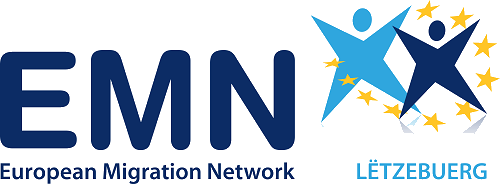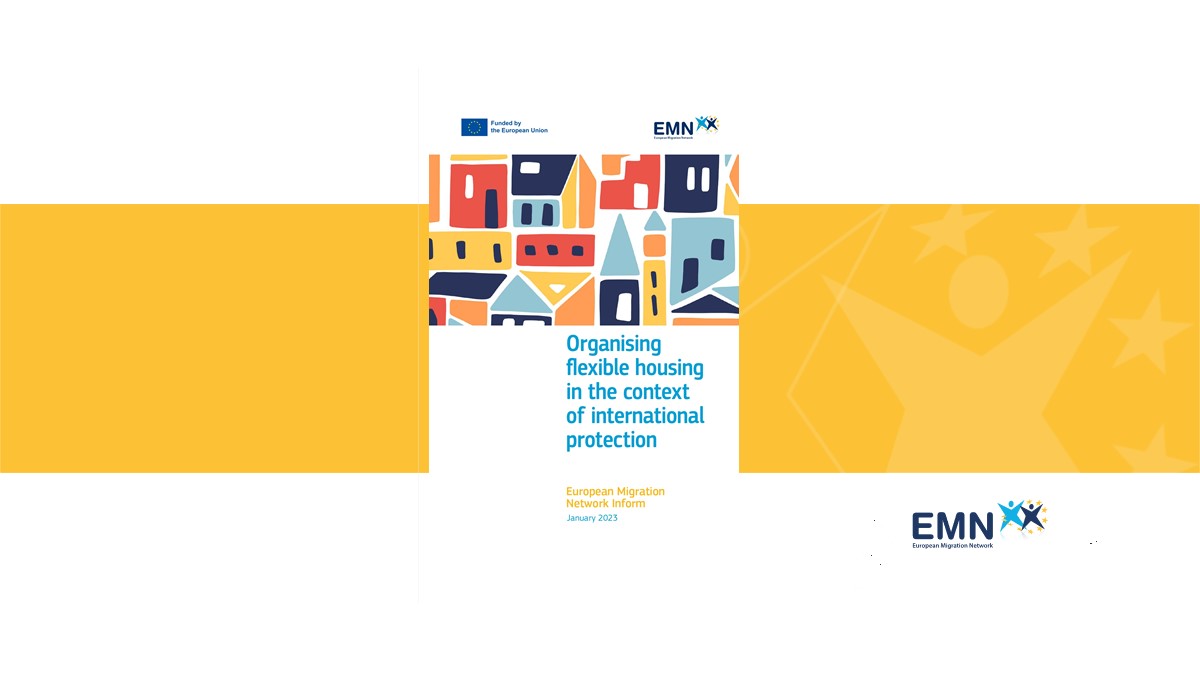Between 2017 and 2021, many EMN Member and Observer Countries experienced a high degree of volatility in the number of applicants for international protection, which in some countries led to tensions in the reception systems. This inform aims to gather information that can help policymakers better organise their reception systems in a flexible manner, whilst anticipating further changing inflows in the future.
Although not reaching the 2015-2016 levels, the number of asylum applications in the EU in 2021 increased by almost 34% in comparison to the previous year, returning to pre-COVID-19 levels. The reasons for this vary and may include the Belarus border crisis and the fall of Afghanistan’s government, as well as the relaxation and removal of COVID-19 restrictions, and more recently the war in Ukraine. These trends highlighted the need for EMN Member and Observer Countries to implement flexible approaches to manage housing capacity. The Reception Conditions Directive 2013/33/EU serves as the legal framework for EU Member States for ensuring harmonised standards for the reception of applicants for international protection in the EU Member States. In the event of a shortage of housing and reception, the Directive also foresees the possibility of activating exceptional measures for temporary emergency housing. The EMN Member and Observer Countries indeed have applied different modalities of reception conditions in emergency situations such as housing in tents, containers, or gyms.
This shortage was exacerbated by the low outflow of international protection beneficiaries from reception centres to private housing, and the high demand for affordable rental housing on the private market, combined with the reluctance of some landlords to rent to third-country nationals.

